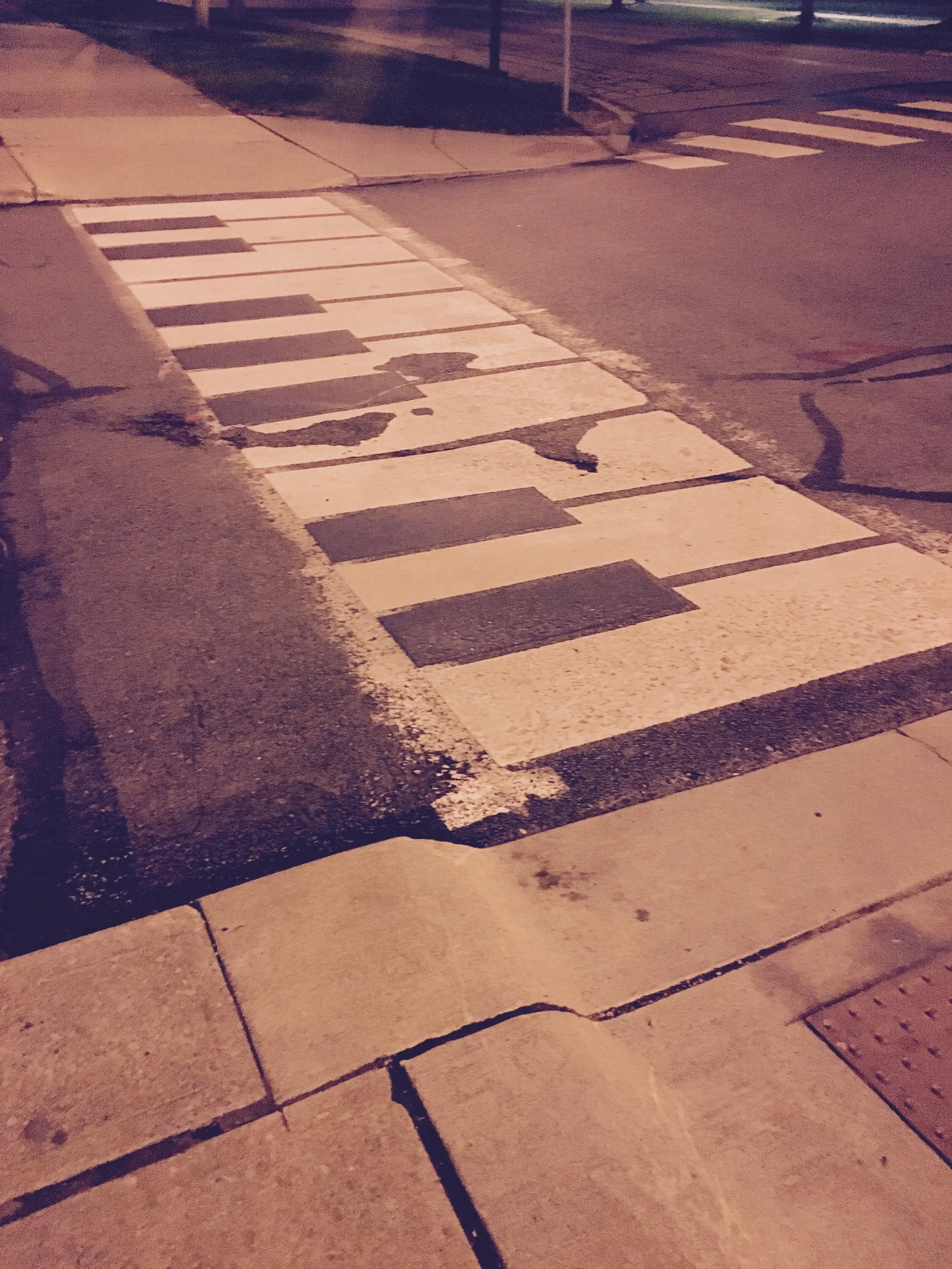Harpist Carlos Salzedo famously wrote, “There is nothing difficult. There are only NEW things, unaccustomed things.” This truth is one I embrace as a performer, and certainly one I pass on to my students. Playing the harp is a rewarding, if somewhat time-consuming experience; one must patiently explore both the physical and musical sides of being a harpist equally in order to tap into one’s unique potential. As a teacher, I believe in guiding my students through each new challenge as a problem solver, ultimately helping them develop an open and independently minded approach to music.
As a pupil of the Salzedo method of playing, I value the development of technical strength via the healthiest channels possible for each student. A strong foundation built on finger strength is crucial to agile execution, therefore I spend a portion of every lesson observing technical aspects of a student’s progress. Since a certain amount of flexibility is needed in tailoring technique to fit individual needs, I also strongly believe in embracing and exploring points from other methods of playing, if needed, in order to arrive at the best possible path for a student. In addition, I place an emphasis on healthy development of muscles, and will address unnecessary tension issues immediately.
While a strong technical foundation is crucial to the growth of a student as a harpist, it is important to concurrently foster the overall musical and creative instincts in each individual. Inspiration should come from a variety of sources, and I encourage students to explore multiple avenues of ideas, such as in other musical and art styles, and be able to verbalize clear reasons why they are drawn to something, and why not. Along those same lines, I ask questions of my students regarding their musical choices and always explain my personal choices. For example, a frequent question from students centers on the nature of chord arpeggiation on the harp. I believe in setting an example of my choices by explaining both the musical and technical demands of a particular section: why a lush section would call for slower rolled chords, and a rhythmic section would need a more straight forward approach, all while highlighting any clues from the musical narrative that would finalize my choices, thus encouraging development of tools for students to make future independent musical decisions.
Last but not least, I challenge my students to be well-rounded, supportive musicians. I teach a combination of orchestral and solo repertoire, ranging from historic to contemporary, classical to popular. If the studio size accommodates, a number of ensemble experiences will be built in, including coaching sessions for multiple harps or mixed instrumentation groups. Due to the small, competitive nature of the music world, I expect my students to nurture their individuality in an environment of respect and mutual encouragement, and to be understanding and inclusive of those whose background and opinions differ from their own. Whether a student is on route to become a career musician or simply taking harp lessons for pleasure, I believe these principles are equally necessary for an individual to hone while navigating one’s personal musical journey.
